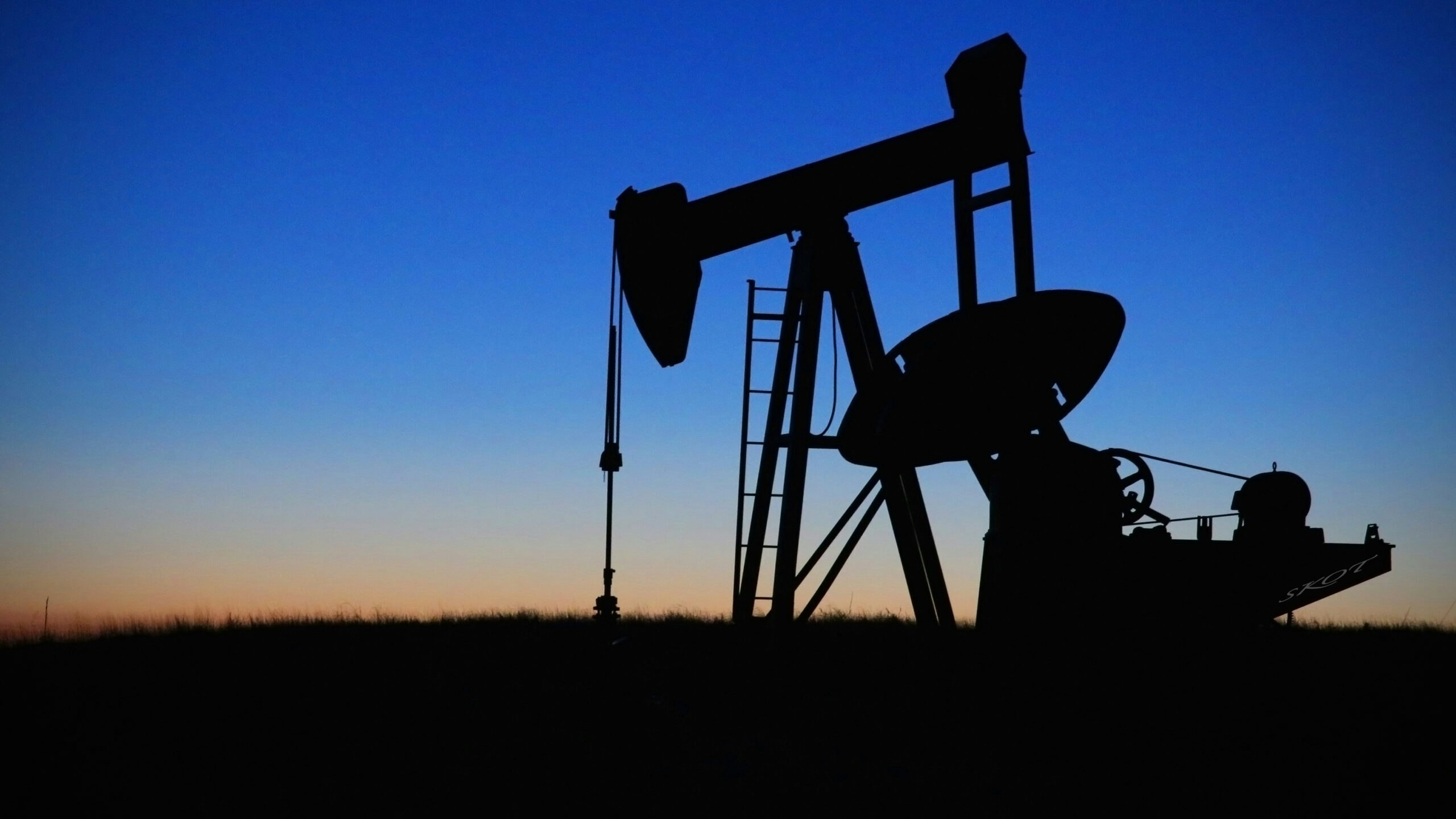EDITOR’S NOTE: This is the second of a two part series detailing the struggles of Wyoming’s energy sector in a post-pandemic economy.
Before COVID-19, Wyoming officials were hopeful the potential for increased oil demand could offset declining natural gas and coal revenues, but a foreign price war dashed those hopes this spring, a University of Wyoming economist said.
“In April, there was a price war between the Organization of Petroleum Exporting Countries (OPEC) and Russia,” said Rob Godby, UW’s Energy Economics and Public Policies Center director. “Prices fell through the floor.”
Oil prices plummeted to less than zero — at a negative $37.63 per barrel — near the end of April. As of Thursday, the price per barrel rebounded to a positive figure of $35.60 per barrel, according to U.S. oil benchmark West Texas Intermediate, but prices are again trending downward as markets anticipate a second wave of COVID-19 cases.
“Worldwide demand for oil collapsed by about 30 percent,” Godby said.
Supply, demand
Before the pandemic, the world produced about 100 million barrels of oil a day, but international demand only called for about 70 million, he explained.
“It got to the point there was too much oil coming out of the ground and people didn’t have a place to put it,” Godby said. “They were paying people to take it off their hands.”
The U.S. was the world’s largest oil producer before COVID-19, but American producers struggle to make profits when the price per barrel is below $40. Diminishing income forced many producers in Wyoming and throughout the U.S. to cap wells.
“Capping wells is drastic, because it can damage (oil) reservoirs,” Godby said.
When producers re-start capped wells, the damage done to reservoirs can reduce the wells’ output.
“It’s not great,” Godby said. “But, it’s all you can do to stop the bleeding.”
Prior to 2020, Wyoming’s oil production never fell by more than 10% in a single year.
“We have very little data, but we expect oil production to decline in Wyoming in our baseline forecast by 45%,” Godby said, explaining the prediction was presented to the state in the latest Consensus Revenue Estimating Group report. “This is catastrophic.”
During the next five years, according to the report, Wyoming’s oil production rates are not expected to return to the levels seen in 2019, Godby added.
Will energy recover?
Given the unprecedented nature of COVID-19’s impact on the global economy, predicting post-pandemic energy demands is a lot of guesswork, Godby said.
But, few believe Wyoming’s energy sector will return to pre-pandemic production rates — which were on the decline — any time soon, he added.
“Some of the most rosy projections predict oil could come back, but the problem is the U.S. is a high-cost producer,” Godby said. “Where we think oil will come back is in newer fields, not in places like Wyoming.”
Most experts agree coal production will continue to decline, but determining the rate of decline is still up for debate.
Natural gas is poised for a rebound as oil production slows, decreasing the surplus gas flooding the market, but Godby said experts question whether Wyoming would be considered a prime location for new wells in the future.
“We don’t expect the increases in natural gas through 2024 to bring us back to where we were in 2019,” he said. “In the short term, there may be a price spike, drawing renewed interest. But it’s possible oil and gas development will occur elsewhere outside of Wyoming.”





